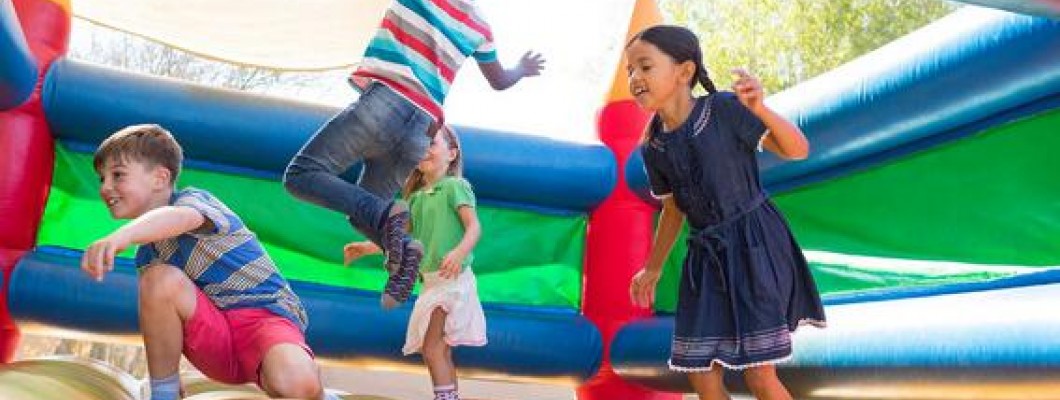
Bounce houses are a popular choice for children's parties and events, providing hours of fun and entertainment. However, ensuring the safety of all participants is crucial. One important aspect of bounce house safety is determining the appropriate number of children who can safely play at one time. This article explores factors that influence how many children can use a bounce house safely.
General Guidelines for Capacity
The number of children that can safely play in a bounce house depends on several factors, including the size and design of the bounce house, the age and size of the children, and safety guidelines provided by the manufacturer. Here are some general guidelines:
- Manufacturer’s Recommendations: Always refer to the manufacturer’s guidelines for maximum capacity. This information is usually included with the rental or purchase documentation and should be strictly followed.
- Size of the Bounce House: Larger bounce houses, such as those designed for more extensive use, can typically accommodate more children. For example, a standard small bounce house might safely hold 4-6 children, while a larger unit might accommodate 8-10 children.
- Age and Size of Children: The age and size of the children playing in the bounce house play a significant role in determining capacity. Smaller children or toddlers require more space to play safely, while older children may require less space per child but may be more prone to rough play.
- Supervision: Proper supervision is crucial. An adult should always monitor the bounce house to ensure that children are playing safely and to manage the number of children inside the bounce house at one time.

Safety Considerations
To ensure that children can play safely in a bounce house, consider the following safety tips:
- Limit the Number of Children: Adhere to the maximum number of children recommended by the manufacturer to prevent overcrowding and reduce the risk of accidents.
- Separate by Age Group: If possible, divide the bounce house use by age groups. Younger children should play separately from older children to avoid potential injuries from rough play.
- Enforce Rules: Establish and enforce rules for safe play, such as no flips, no roughhousing, and no shoes inside the bounce house.
- Regular Inspections: Regularly check the bounce house for any signs of wear or damage and ensure that all safety features are functioning correctly.
Conclusion
Determining the safe number of children who can play in a bounce house involves considering several factors, including the size of the bounce house, the age and size of the children, and following manufacturer recommendations. By adhering to these guidelines and ensuring proper supervision, you can create a fun and safe environment for children to enjoy their bounce house experience.

Leave a Comment